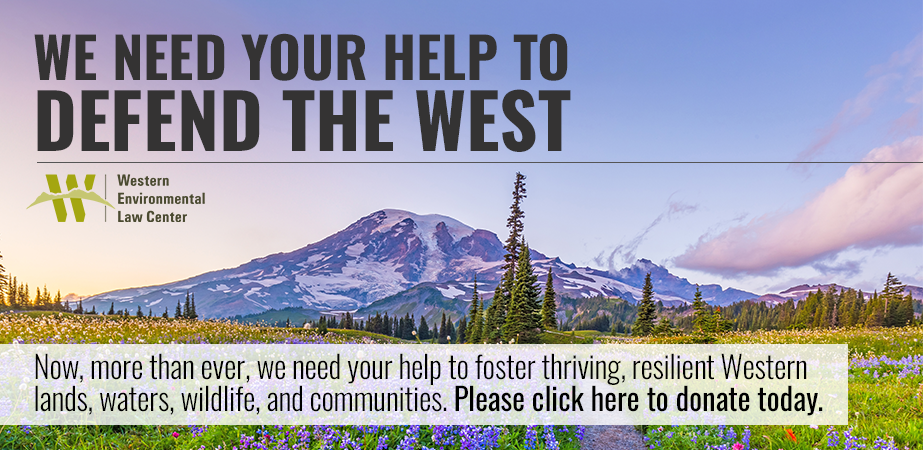Today, the Environmental Protection Agency proposed to strengthen methane and other emissions standards as the Biden administration participates in the COP27 climate summit in Egypt. In short, the rule is strong, it could be stronger, and we will work with the administration to improve it where that is possible.
“The EPA’s supplemental rule represents a significant step forward in U.S. efforts to curb the worst effects of climate change,” said Melissa Hornbein, senior attorney at the Western Environmental Law Center. “We appreciate that EPA listened to the vast amount of public input it received on last year’s draft proposal and translated the public’s desire for meaningful climate action into concrete measures designed to tackle methane, the most pernicious contributor to short-term warming.
“While we are disappointed EPA did not propose an outright ban on oil and gas industry flaring, we are nonetheless encouraged by the draft rule’s incisive measures to tackle leak detection and repair from all sources, including low-producing and abandoned wells,” Hornbein continued. “We are also encouraged by the rule’s proposal to harness the power of third-party monitoring for large leak detection through its proposed ‘super emitter response program.’ Likewise, the supplemental rule protects frontline communities by focusing on mitigating the disproportionate climate and health harms associated with methane and VOCs, respectively. We will continue to review the proposed rule, and will submit comments to EPA to further strengthen the proposal so the final rule most effectively tackles the existential threat of our time.”
The updated draft rule:
- Improves leak detection and repair rules, including for low-producing wells, which contribute half of all U.S. emissions but only 6% of oil and gas production. Requires at least some monitoring at all sites;
- Adds pneumatic pumps to zero-emitting pneumatic equipment requirements;
- Lays out third-party “super-emitter response program” to detect leaks;
- Institutes a plan for abandoned oil and gas wells including inspections until closure plus closure planning requirements for industry and post-closure surveying;
- Requires practical, engineer-certified demonstration that methane capture is not possible and flaring is unavoidable before the oil and gas industry can flare gas off, unused; and more.
Resources:
Contact:
Melissa Hornbein, Western Environmental Law Center, 406-471-3173, gro.w1752069905alnre1752069905tsew@1752069905niebn1752069905roh1752069905

